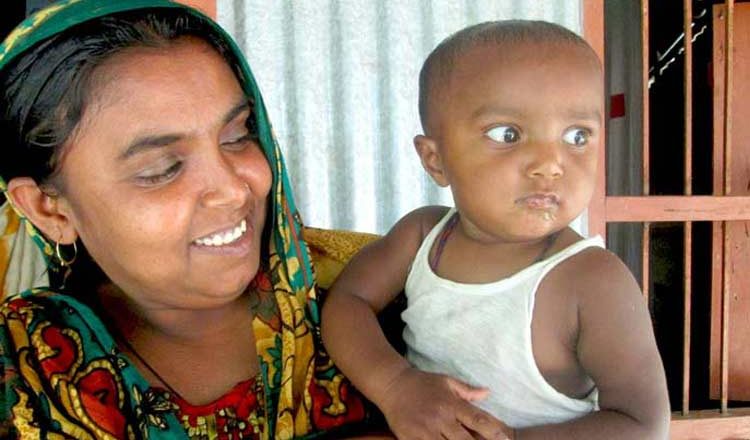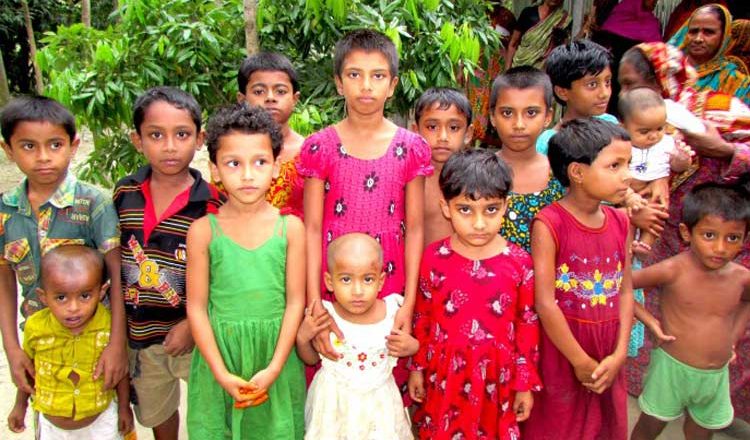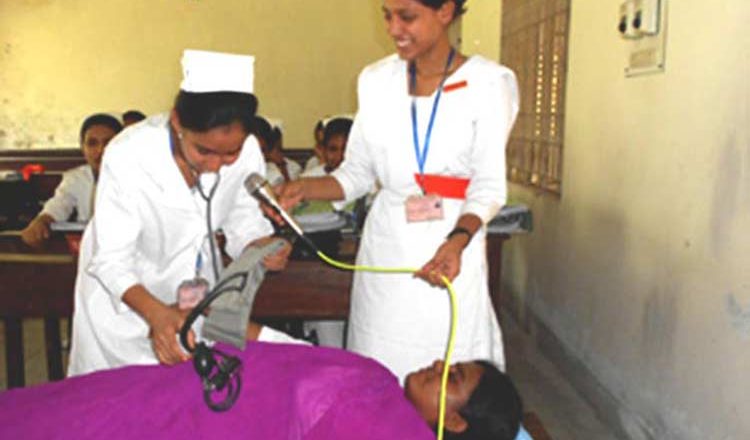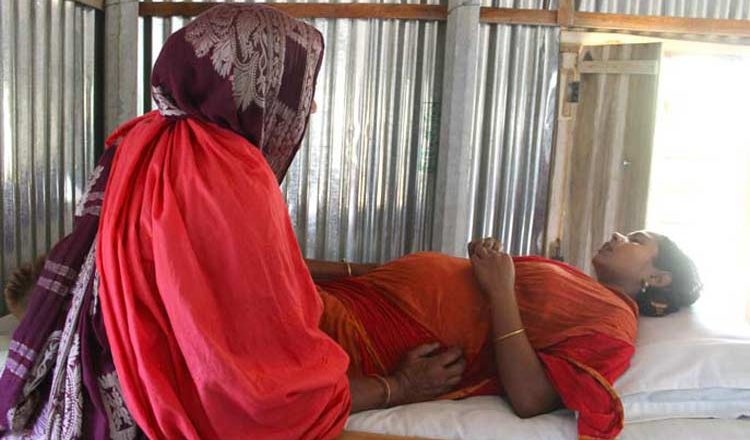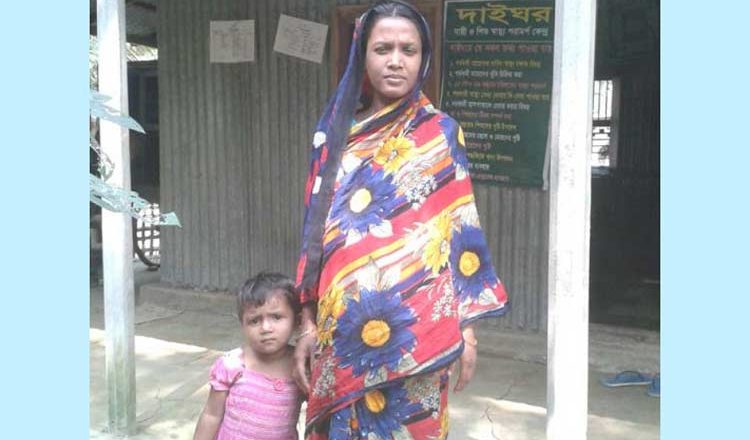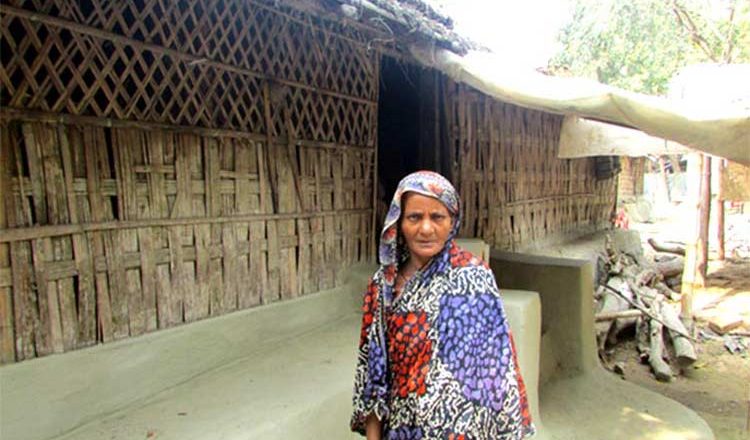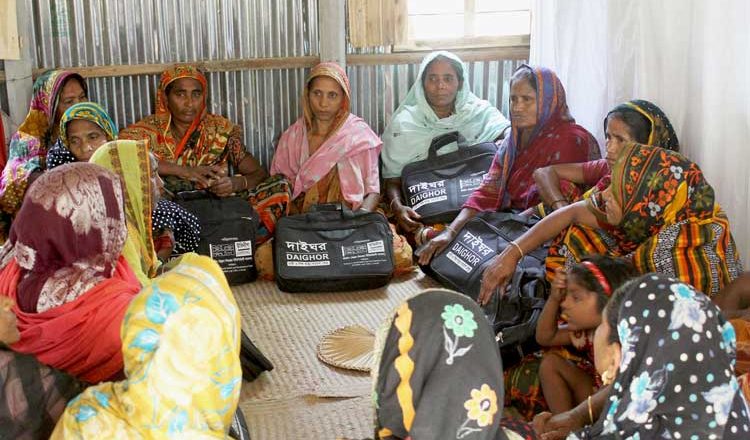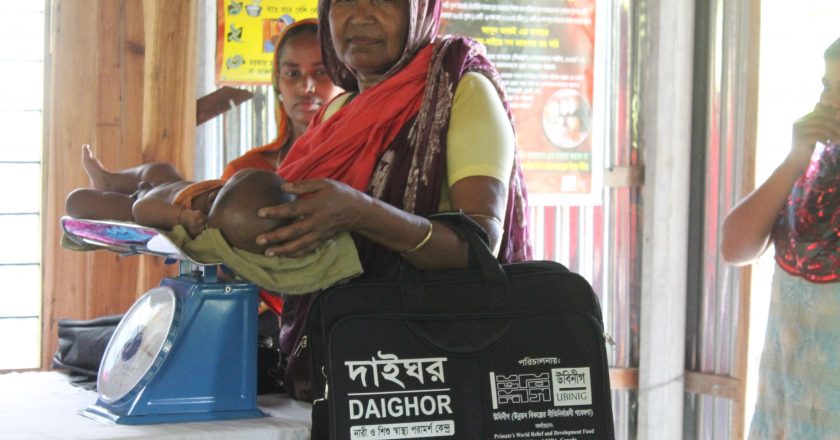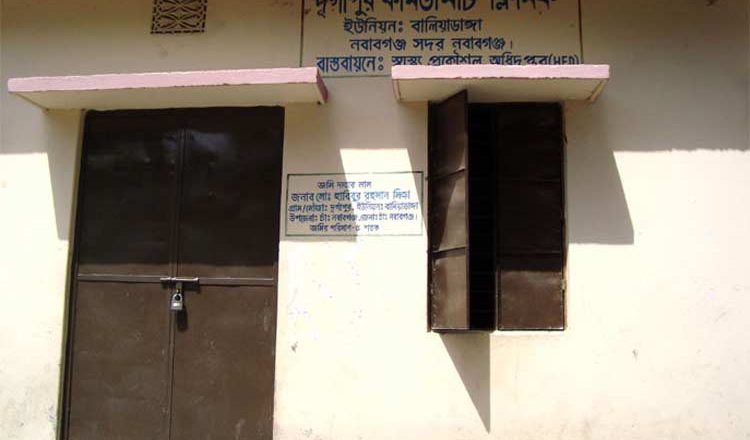Maternal and child health care: Daighors & strategic services
UBINIG
Context of maternal health
Reduction of maternal mortality rate is one of the most important health goals of the government of Bangladesh. The present rate of maternal mortality is 194 per 100,000 live births showing that Bangladesh could not achieve the MDG target of 143 per 100,000 live births by 2015. However, the decline in MMR from 322 in 2001 to 194 in 2010, a 40 percent decline in nine years was significant achievement. Now the new goals are set for Sustainable Development Goals (SDG). The 17 new SDGs, also known as Global Goals, the target is to reduce the global maternal mortality ratio to less than 70 per 100,000 live births by 2030.
The SDG are also set to end preventable deaths of newborns and children under 5 years of age, with all countries aiming to redu...
